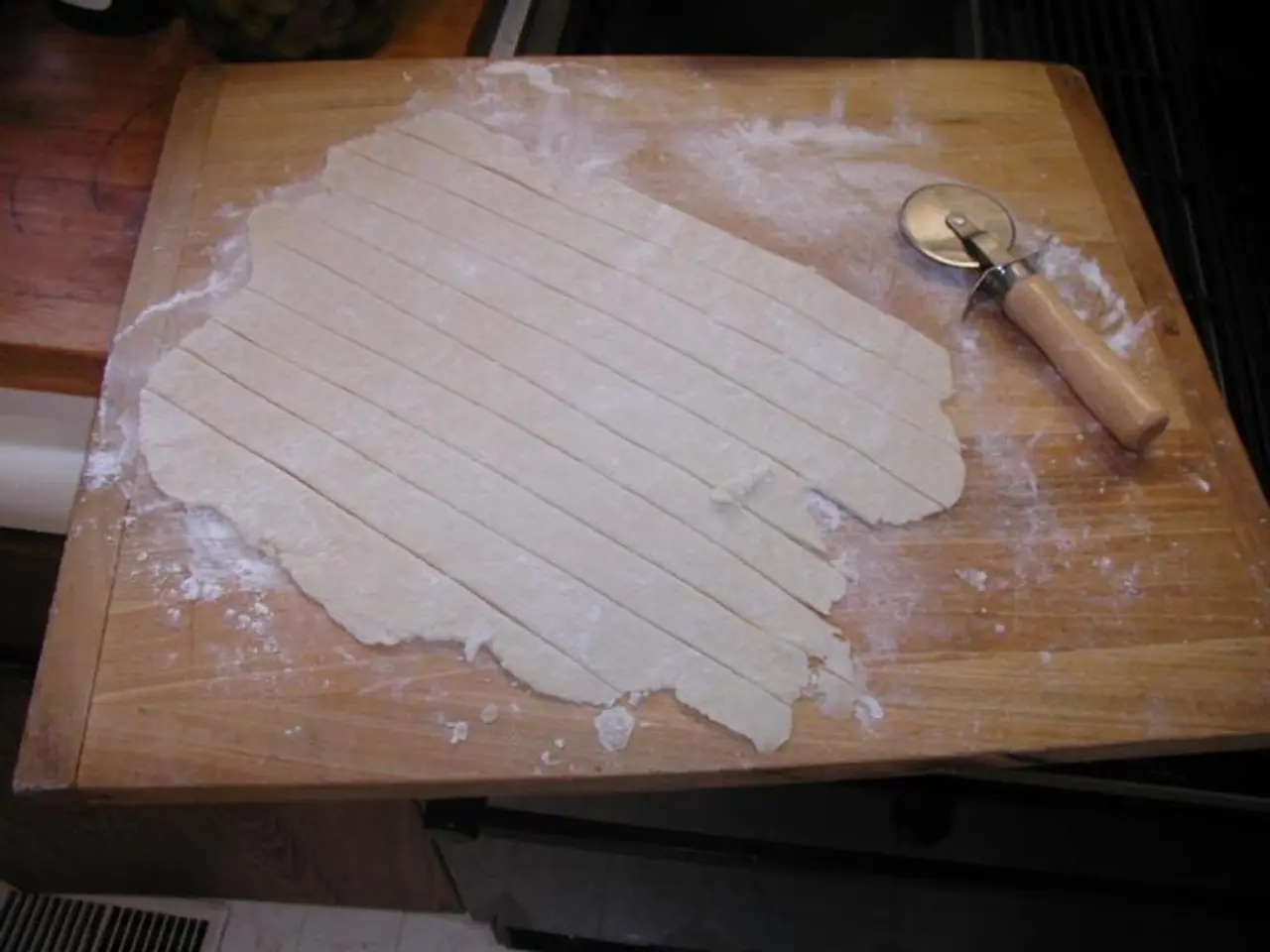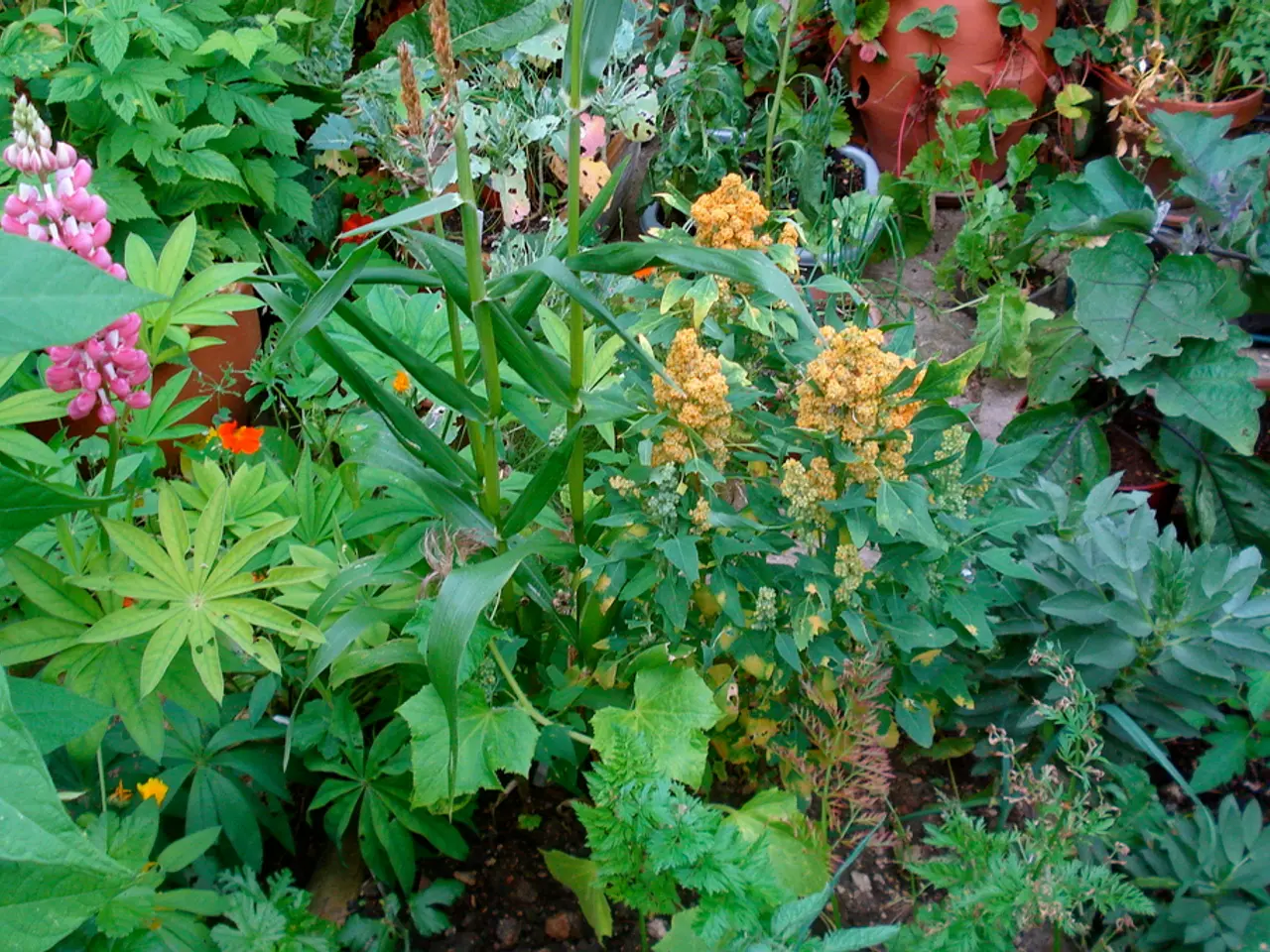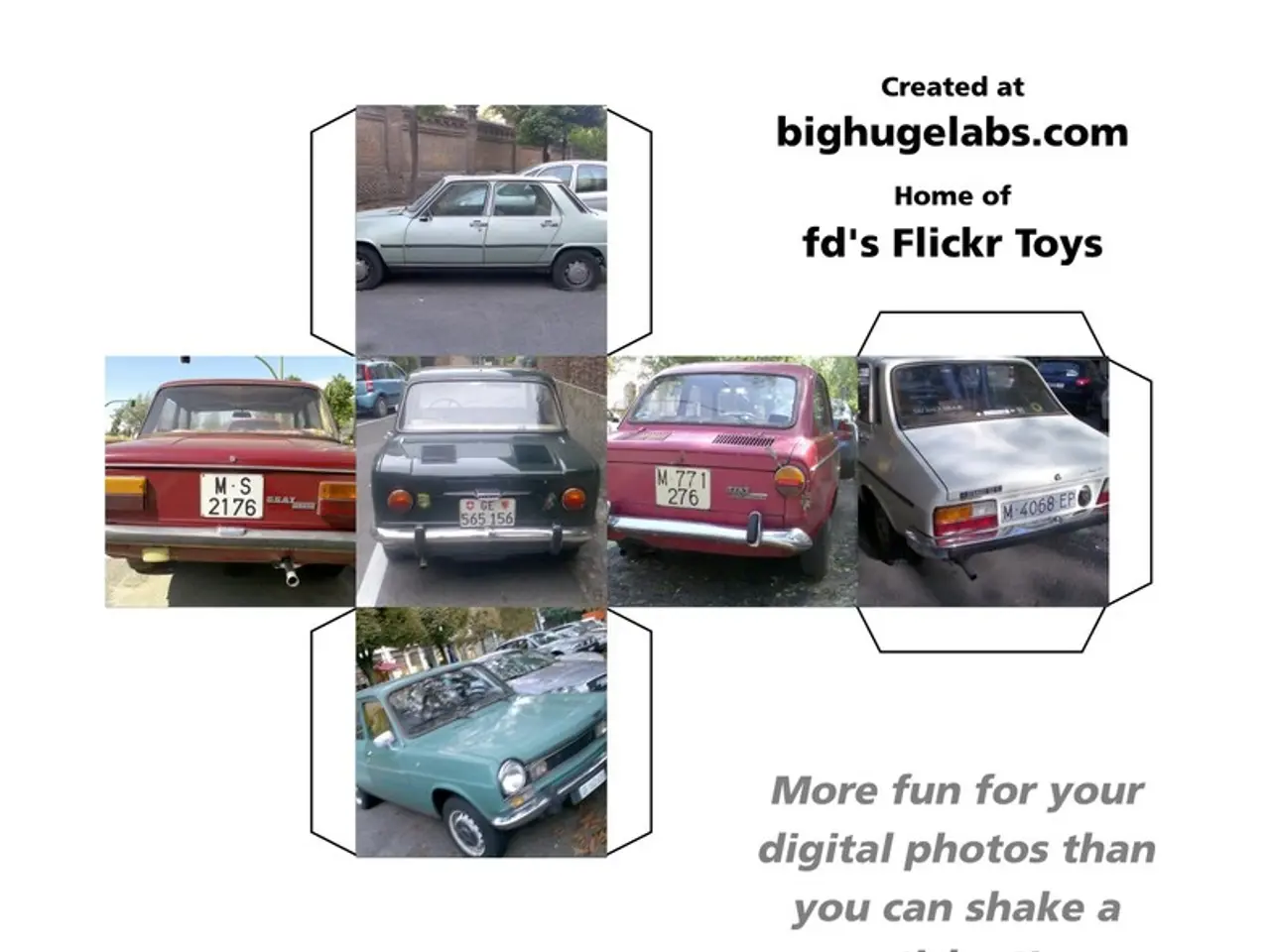Improve Preschooler's Artistic Abilities with Play Dough Mastery
Play dough is a versatile and engaging tool for developing fine motor skills in preschoolers. Here are nine essential skills that children can learn and practice through play dough, along with fun activities to extend playtime.
## Nine Essential Play Dough Skills
1. **Flattening**: Pressing and flattening play dough using the palm of the hand is the foundation for many other skills. This activity helps children develop bilateral coordination and hand strength.
2. **Ball Rolling**: Rolling a ball back and forth with the palm of the hand is a fun way to practice bilateral coordination and the formation of a ball shape.
3. **Log Rolling**: Rolling play dough logs can create various shapes, such as worms, snakes, or caterpillars, with the addition of decorations like googly eyes.
4. **Cutting**: Children can learn to cut lines into play dough using a rotary cutter or plastic play dough knife. This skill requires precision and hand-eye coordination.
5. **Cookies Making**: Pushing a cutter into the dough, removing it cleanly, and pushing the dough out of the cutter is a fun way to make "cookies." This process can be tricky for some children, especially in maintaining the shape of the cut-out.
6. **Pinch Pots**: Creating pinch pots involves pinching and shaping play dough. This activity helps children develop finger strength and dexterity.
7. **Snail Making**: A long play dough log rolled up for the shell and placed on a shorter log can create a snail.
8. **Texture Exploration**: Mixing different textures like glitter, sand, or rice into the play dough encourages tactile exploration and can help children develop sensory tolerance.
9. **Scissor Cutting**: Once children have mastered log rolling, introducing play dough scissors for cutting play dough logs can be a new challenge that helps develop precision and hand-eye coordination.
## Extending Play Dough Play
To make play dough sessions even more engaging and educational, consider incorporating the following activities:
1. **Play Dough Tools**: Introduce various tools like rolling pins, shape cutters, and molds to engage children in different motions such as rolling, pressing, and pulling.
2. **Play Dough Mats**: Use themed play dough mats (e.g., zoo animals, farm animals) to encourage children to create specific shapes and designs.
3. **Citrus Squeezers**: Add citrus squeezers to the play dough activity. This helps children develop grip strength and hand-eye coordination as they squeeze play dough through the squeezer.
4. **Play Dough Tunnels**: Create tunnels or channels using cardboard tubes or straws. Children can then use their fingers to push play dough through these tunnels, enhancing finger strength and coordination.
5. **Storytelling**: Encourage children to create stories using play dough figures or shapes. This combines fine motor skills with creative thinking and language development.
6. **Challenges**: Set challenges like creating a specific shape (e.g., a circle, square) or a particular themed object (e.g., a cat, house).
7. **Collaboration**: Engage multiple children in play dough activities to promote teamwork and sharing, which can enhance social skills alongside fine motor development.
By incorporating these activities and challenges, you can extend playtime and provide a more comprehensive learning experience for preschoolers.
Cooking and fashion-and-beauty can incorporate elements of play dough skills, such as learning to shape play dough like cookies or creating small figures for storytelling, providing a connection between the fine motor skills developed and the art of baking or crafting.
Adding food-and-drink tools like citrus squeezers and play dough mats themed after popular foods can further extend the play dough experience, making it more engaging and educational for children while enhancing their fine motor skills.
Home-and-garden activities, such as creating pinch pots or tunnels for play dough can also simulation real-life tasks like gardening or sculpting, bridging the gap between play dough and real-world experiences, while continuing to engage children and allow them to practice their fine motor skills.




